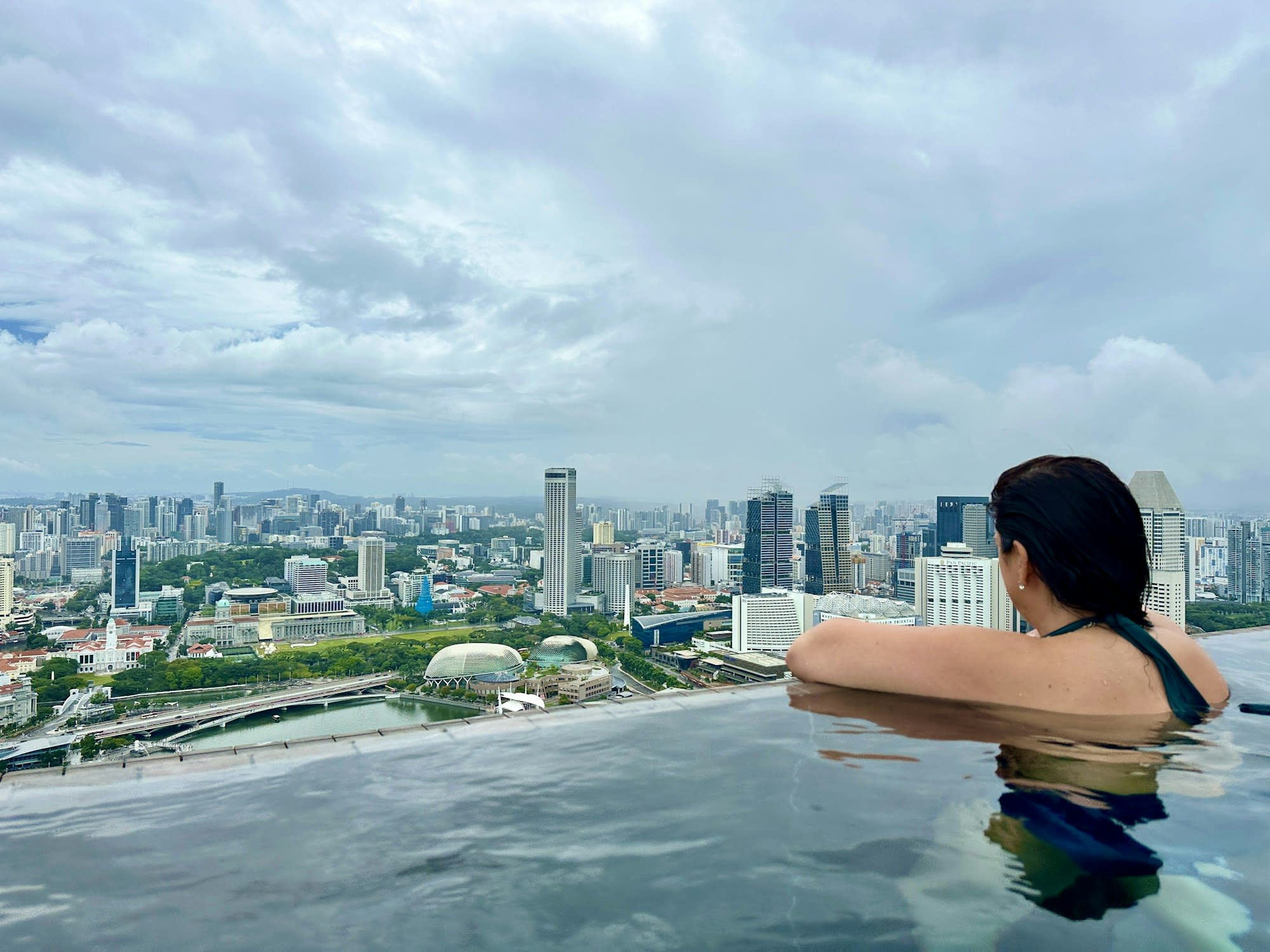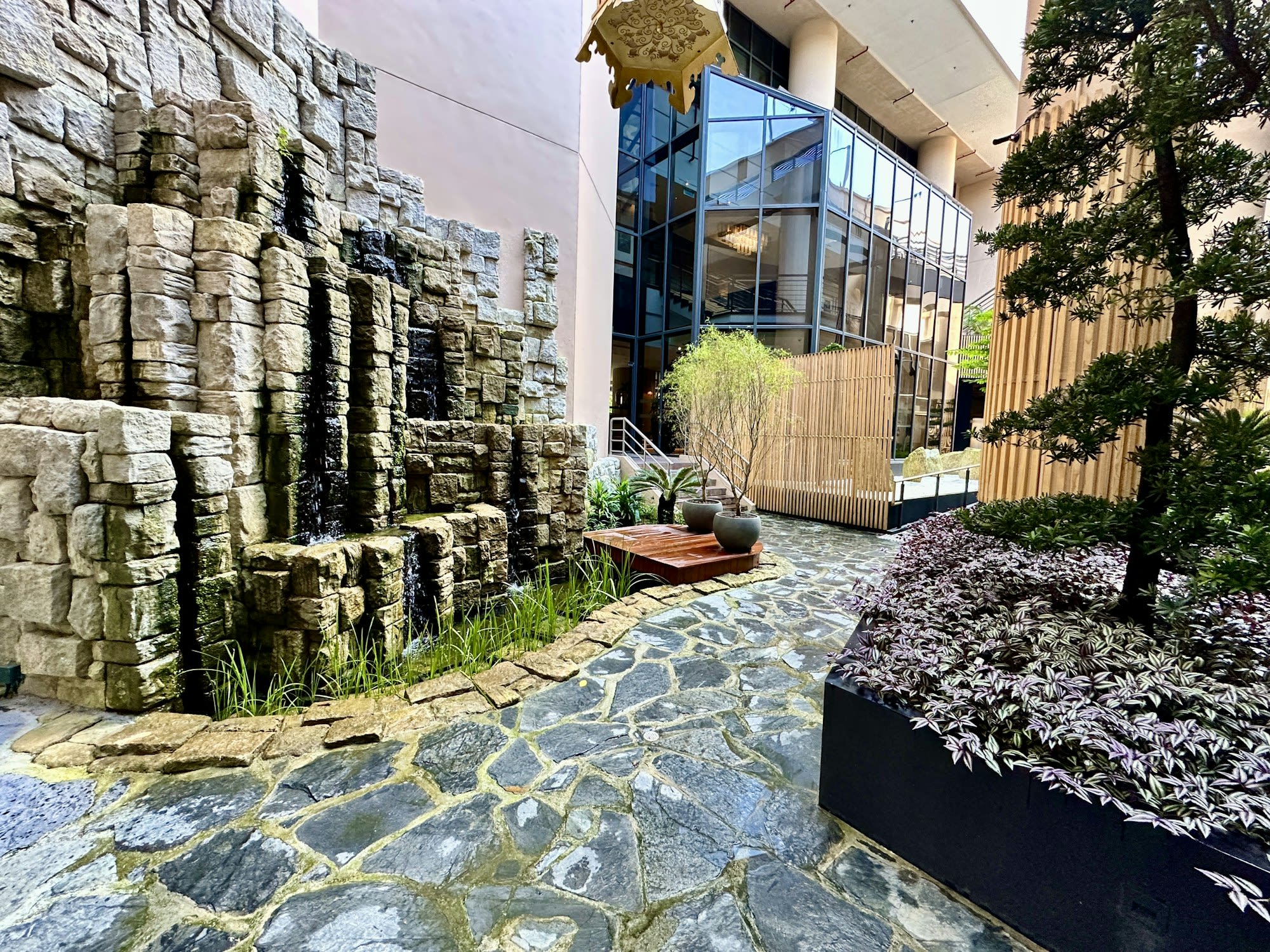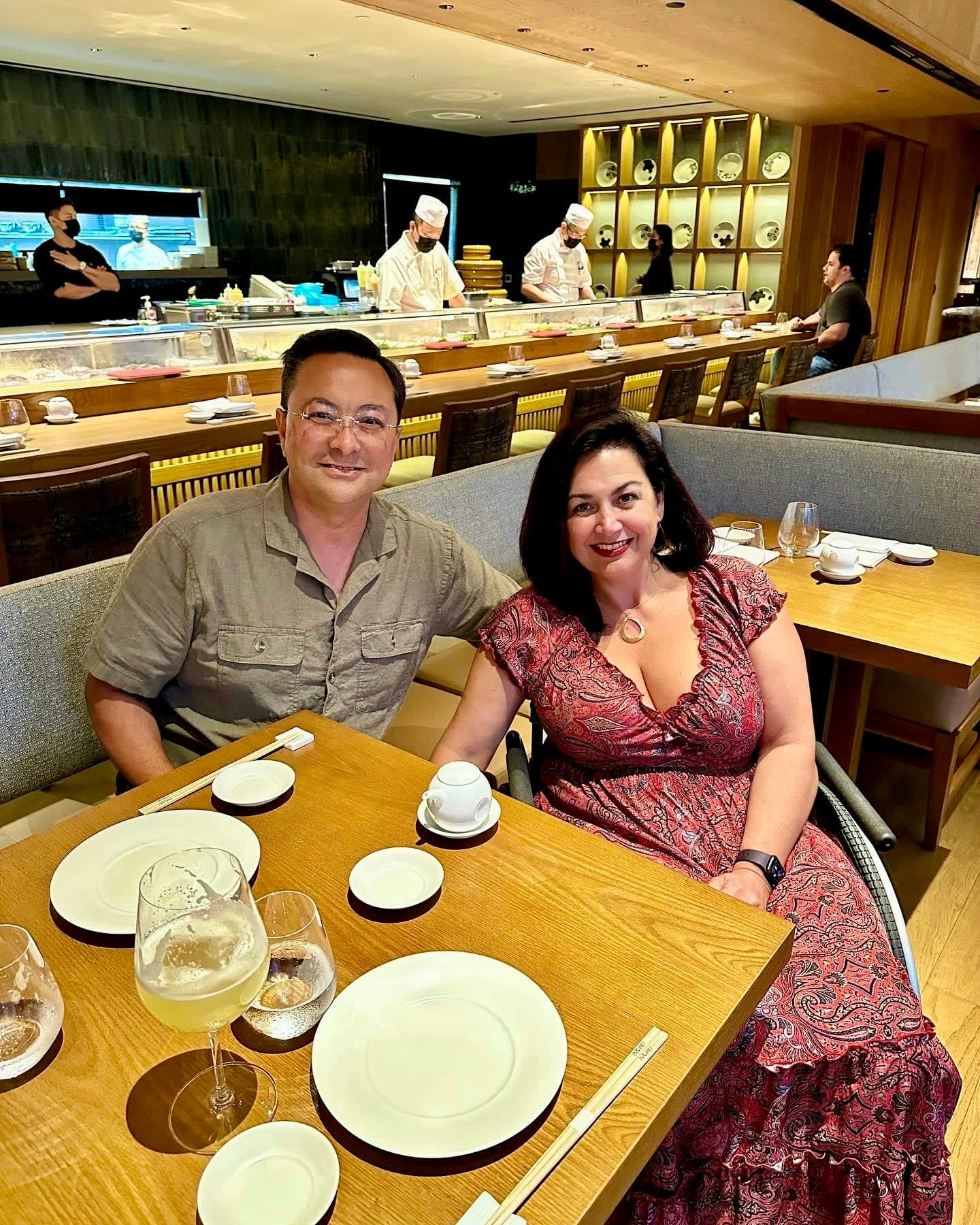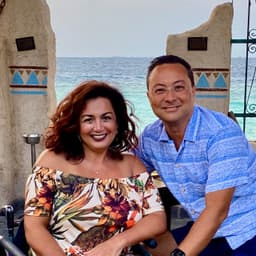
Image courtesy of Judy Tudor
Traveling as a wheelchair user can be challenging, and I’ve learned that flexibility is key — both in terms of planning and keeping an open mind. I’ve come to realize that one of the best ways to make travel more enjoyable is by carefully choosing destinations that prioritize accessibility. After visiting more than 50 countries, I’ve seen how every place is accessible to varying degrees. But some destinations really stand out for their exceptional commitment to making travel easier for everyone. Singapore is one of those places.
When I first visited Singapore, I was blown away by how accessible it was. It wasn’t just one or two things that stood out, but the entire city seemed designed with inclusivity in mind. Singapore should be on everyone’s travel list, but for wheelchair users, it’s especially remarkable.
Why Singapore is particularly conducive to accessible travel

Image courtesy of Judy Tudor
Transportation: The first thing I noticed was the transportation system. The city’s buses are mostly wheelchair-accessible, but what really impressed me was the MRT (Mass Rapid Transit) system. Every MRT station is fully accessible, which is something you don’t see often. I’ve traveled to many places where metro systems have some accessible stations, but it’s rare to find a city where every station is designed to be wheelchair-friendly. The stations have elevators, ramps and level boarding platforms, making it so much easier for me to get around without having to worry about accessibility issues.
Building codes: The accommodations in Singapore are also something to highlight. The country has very strict building codes, which require hotels with up to 200 rooms to provide at least one accessible room and then add another accessible room for every additional 200 rooms in the hotel.
Public spaces: Singapore is one of the cleanest and most organized cities I’ve ever been to. Sidewalks, walkways and public areas are impeccably maintained, and it really makes a difference when navigating in a wheelchair. I didn’t have to worry about cracks in the pavement, uneven surfaces or obstacles in my path. The city’s commitment to keeping everything accessible and tidy made it much easier for me to get around and enjoy everything Singapore had to offer.
Airport: I’ve passed through airports all over the world, but none have impressed me as much as Singapore Changi Airport. It’s consistently ranked as one of the best airports in the world, and for good reason. Not only is it incredibly efficient and easy to navigate, but it’s fully accessible, from the check-in counters to the gates. I never had to worry about ramps or elevators; everything was designed with accessibility in mind. Plus, Changi is packed with amenities, shops, dining options and even entertainment areas, so I could easily spend hours there without getting bored.
Can’t-miss experiences in Singapore




Images courtesy of Judy Tudor
Street food: When it comes to street food, Singapore does things a bit differently from other Southeast Asian countries. Instead of chaotic street vendors everywhere, they’ve organized street food into clean, open-air food courts called Hawker Centres. These are scattered across the island, and I love that I can get amazing food at incredibly low prices. I can dive into Chinese dim sum, Malay satay, Indian roti prata or a bowl of spicy laksa. The best part for me, as a wheelchair user, is that every Hawker Centre I’ve visited is fully accessible. I love that Singapore has made it easy for everyone to enjoy their incredible food scene without worry. My personal favorite hawker centres are Maxwell Food Centre, Lau Pa Sat and Tiong Bahru Market. They all offer an unbeatable variety of dishes and a great atmosphere. The combination of accessibility, amazing food and the welcoming vibe of the Hawker Centres makes it one of the best food destinations I’ve ever visited.
Gardens by the Bay: This 250-acre nature lover’s dream is filled with towering, plant-covered structures connected by elevated walkways, and two massive conservatories that house ever-changing floral exhibitions. What I loved most was how easy it was to explore the entire space. The gardens are free to visit, and the pathways are smooth and wide, making it wheelchair-friendly. There are also plenty of benches along the way, so anyone with mobility issues could take breaks whenever needed. The only part that requires a ticket is the Flower Dome, where you’ll find those beautiful floral displays. Since the gardens are so large, get a membership pass if you plan to visit more than once — you’ll want to come back and see everything in full bloom.
SkyPark at Marina Bay Sands Hotel: The showstopper SkyPark sits atop the three hotel towers, 200 meters up. The views from up there are absolutely breathtaking. The best part is that SkyPark is fully accessible, with elevators that make it easy for everyone, including wheelchair users, to get to the top. Non-hotel guests can visit the Observation Deck for a small fee — it’s worth it if you can’t stay at the hotel. You can get panoramic views of the city, including the Gardens by the Bay, the Supertree Grove and the entire skyline. Visit at different times of the day to catch the city in all its glory — each time offers a fresh perspective.
Sentosa Island: This island will make you think you have left the city of Singapore. Sentosa Island has something for everyone. Universal Studios Singapore was a highlight — I'm a big fan of theme parks, and this one had everything from thrilling rides to fun shows. The park is also super accessible, so you will have no trouble getting around in a wheelchair.
The S.E.A. Aquarium: With over 100,000 marine animals, it’s a stunning place to explore, and the views through the massive tanks were incredible. I was also impressed by how easy it was to navigate the whole aquarium, as it’s designed to be wheelchair-friendly. For some relaxation, spend time at Palawan Beach, which is perfect for unwinding. In the evening, watch the Wings of Time, a spectacular water, light and laser show that takes place by the beach. It’s a fantastic experience and the seating area is fully accessible.
My favorite restaurants in Singapore




Images courtesy of Judy Tudor
For me, travel is about the food, and Singapore is a food lover’s dream come true. The city has everything from clean, organized street food to three-Michelin-Star restaurants. Singapore was the second country in all of Asia (after Japan) to get a Michelin-Starred restaurant, and it’s one of only 14 countries in the world with multiple three-Michelin-Star restaurants.
Burnt Ends is a standout in Singapore's culinary scene. This place has become a favorite among locals and visitors alike, thanks to its elevated take on Australian BBQ by renowned chef David Pynt. The grilled sourdough is also a showstopper.
The Tiffin Room at Raffles Singapore is as much a piece of history as it is a culinary delight. Serving authentic Northern Indian cuisine, The Tiffin Room has been serving delicious meals for over 130 years. It’s one of the most iconic restaurants in Singapore, located within the legendary Raffles Hotel. After dinner, swing by the Long Bar to enjoy a Singapore Sling where the drink was invented.
Nobu at The Four Seasons Hotel Singapore — I know Nobu is everywhere, but it was extra special to eat here in Singapore during the Chinese New Year, an extra treat we were not expecting.
Insider Singapore travel tips




Images courtesy of Judy Tudor
Chope: When I’m eating at food courts or working in co-working spaces, especially in the central business district, I often come across empty tables with items like umbrellas, tissue packets or lanyards placed on the seats. This is a local practice called “chope,” where people reserve a seat while they queue up at food stalls or wait for their turn. It’s an unspoken rule, and if you’re not mindful, you might run into some issues with the locals, as they typically respect this system.
Tipping: Tipping Singapore isn’t expected at all, though you might see a 10% service charge added at some of the nicer restaurants.
Weather: It’s always hot in Singapore, so I make sure to pack for tropical conditions all year. That said, I always bring a light jacket, because Singaporeans love their air conditioning.
Under-the-radar neighborhood: While the ethnic enclaves like Chinatown and Little India are definitely worth a visit, my top pick is the Arab Quarter, Kampong Glam. This area has a lively mix of cultures, and I love how it effortlessly blends the traditional with the contemporary. You’ve got the cool, hip vibe of Haji Lane with its quirky shops, café, and street art, right next to Arab Street, where you’ll find traditional cloth merchants and fabric stores selling beautiful textiles. It’s the perfect combination of old-world charm and modern energy.
TWG Tea: You can find these shops in malls and at the airport. I always love bringing home some tea. They have great flavors — I especially love their ‘Weekend In” series that offers different teas based on a weekend in Istanbul, Singapore, Paris, etc.
Grab app: There’s no Uber or Lyft in Singapore, so download the Grab app before you go. It’s super convenient for hailing a ride whenever you need one. But we generally just use the MRT subway system because it’s everywhere, cheap and easy.
When to visit: The best time to visit Singapore is between February and April. The weather is more comfortable, with lower humidity and less rain, making it perfect for sightseeing and outdoor activities. If you don’t mind the occasional shower, you can visit anytime, but avoid the monsoon season from November to January.
Festivals: Chinese New Year (usually January or February) is a magical time, and the Chingay Parade in February is a stunning display of multicultural performances. The Singapore Food Festival in July is perfect for food lovers like me.

